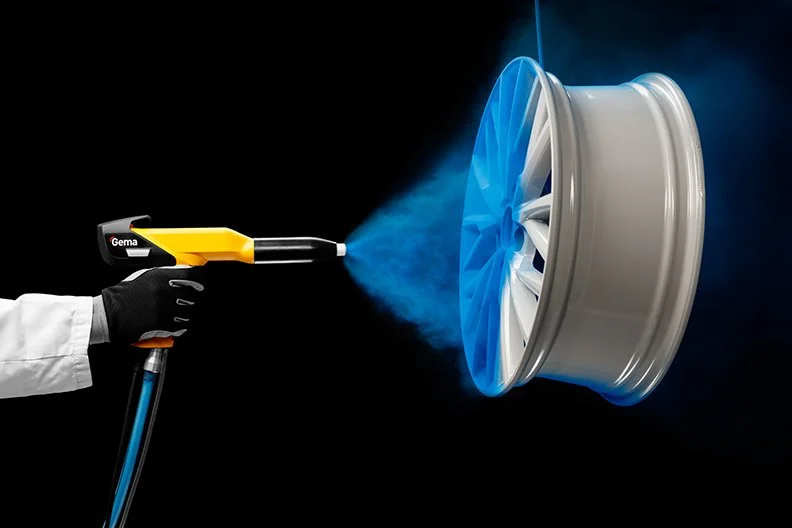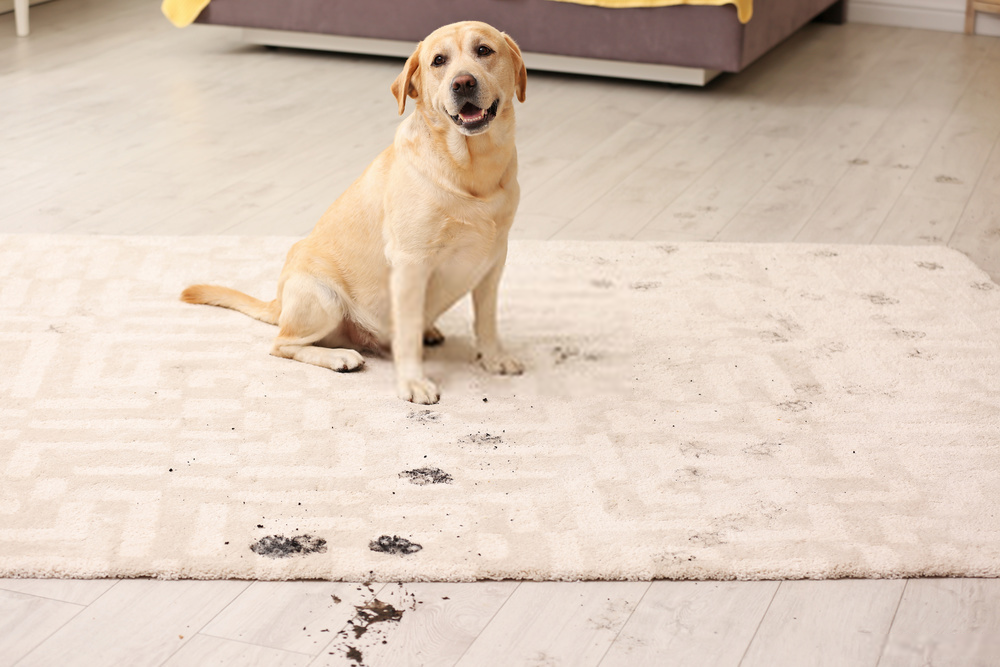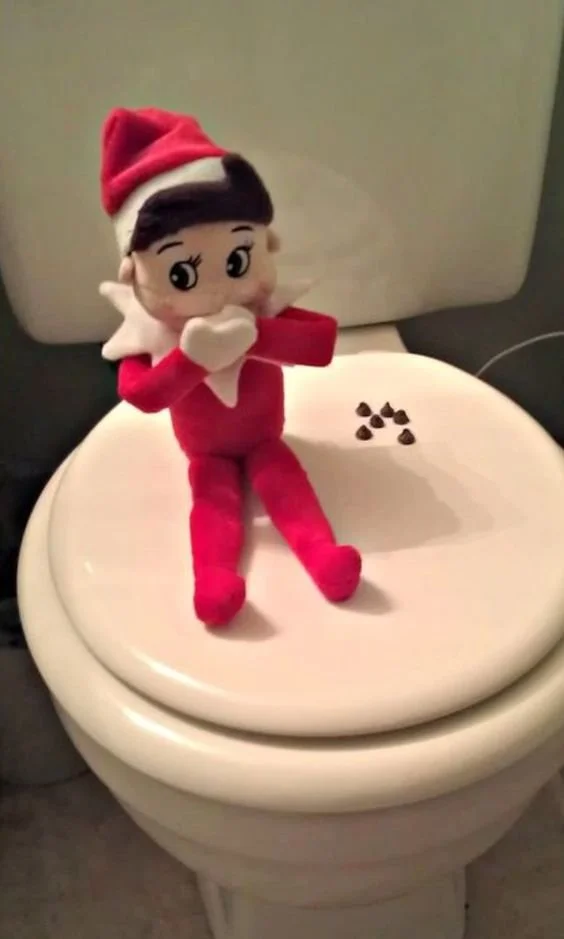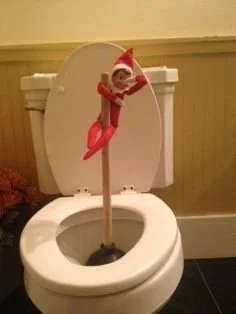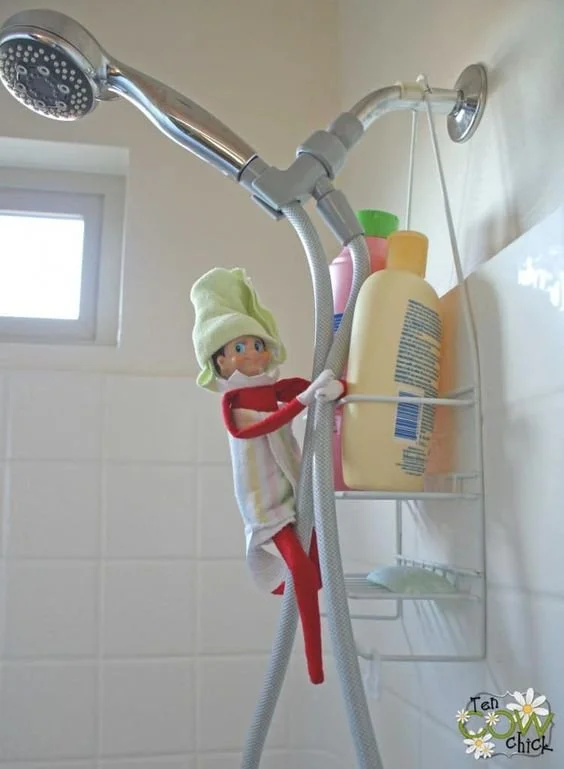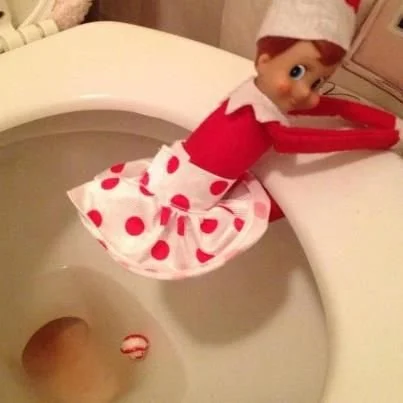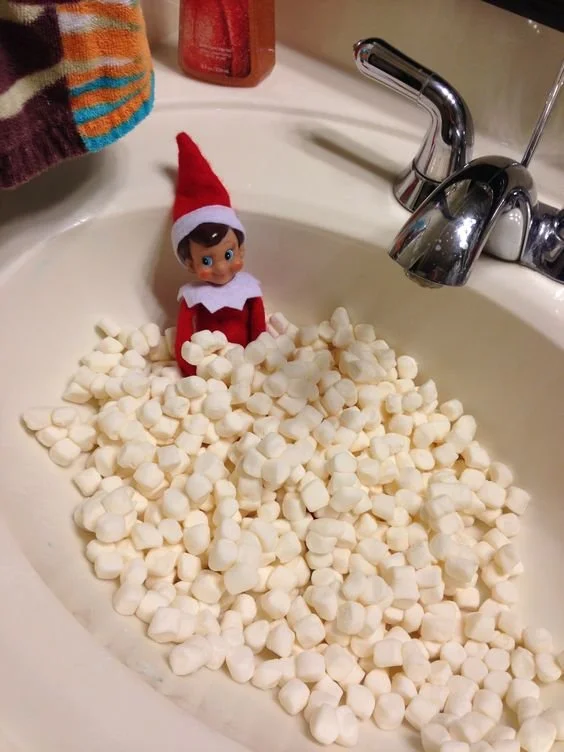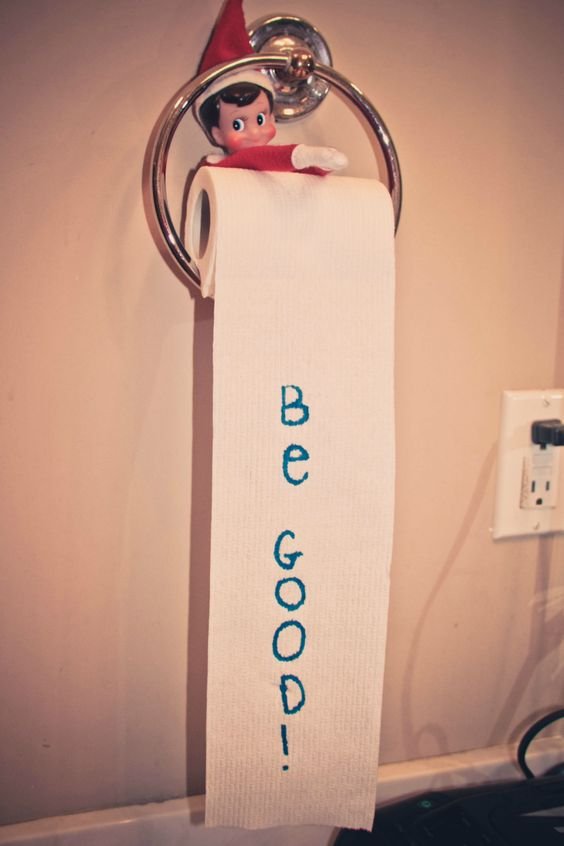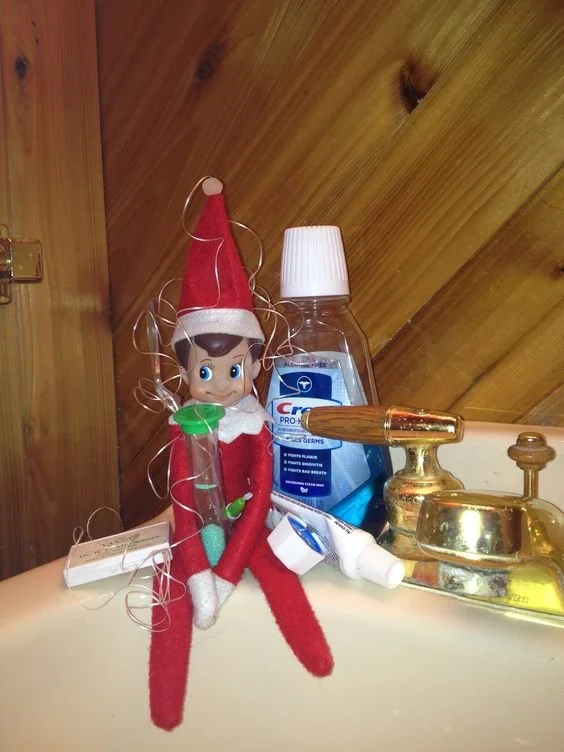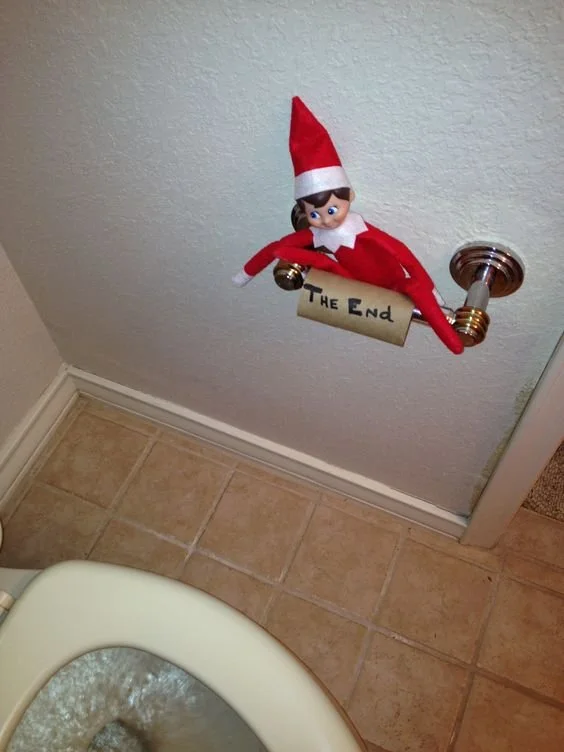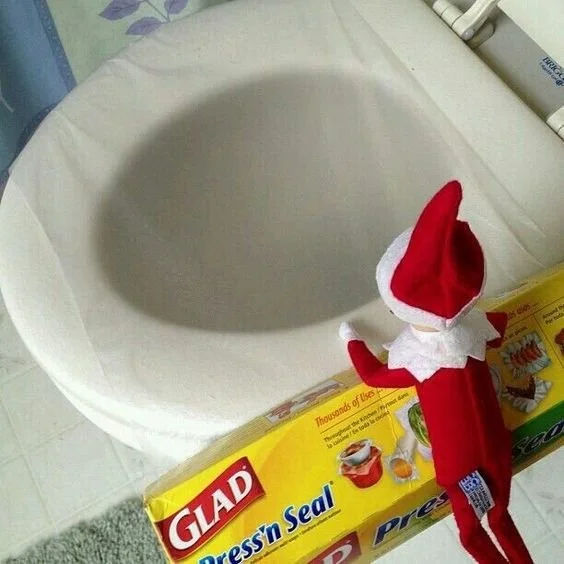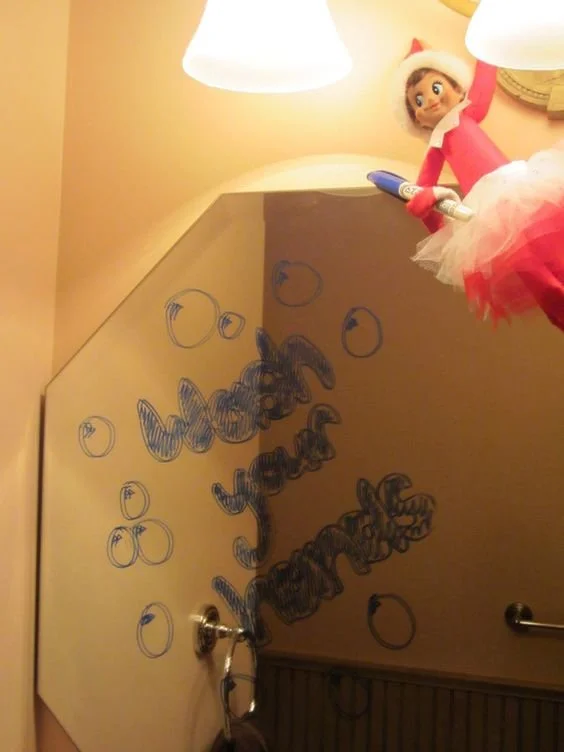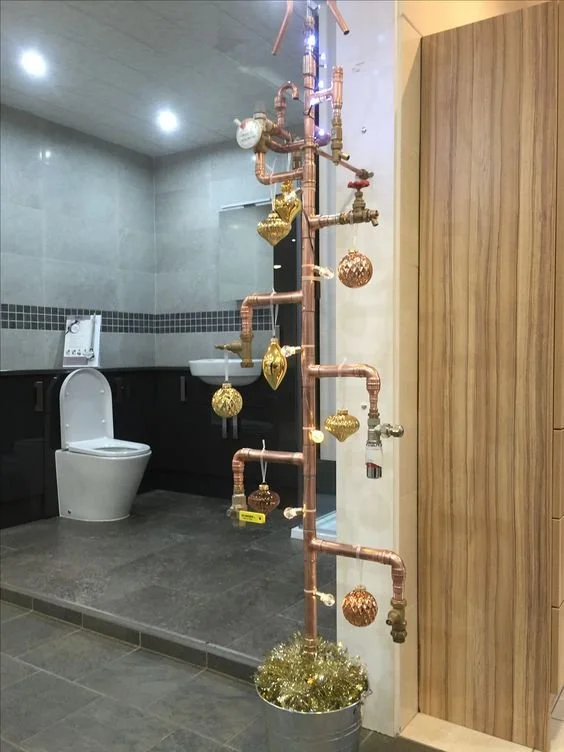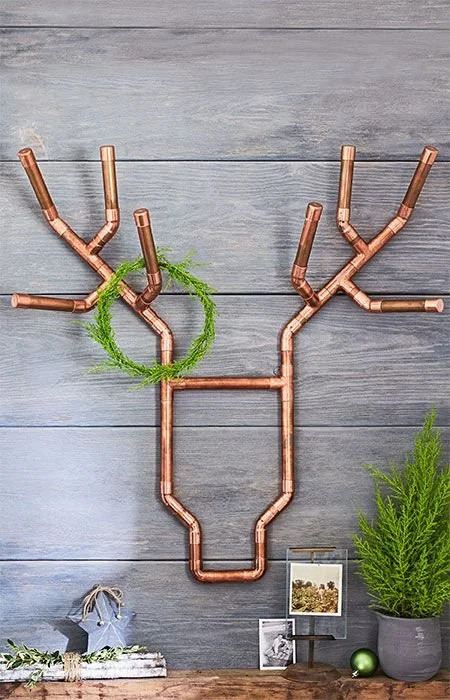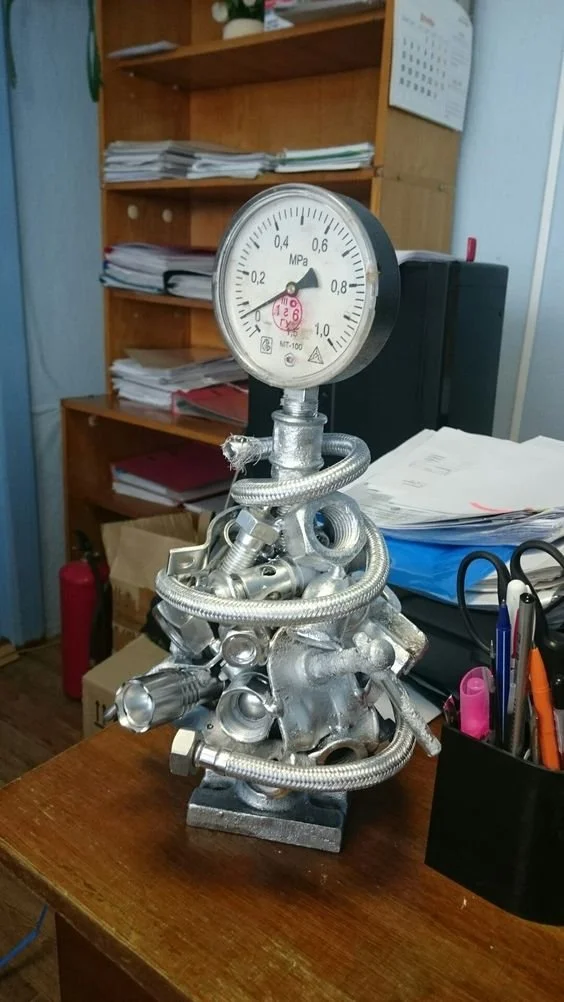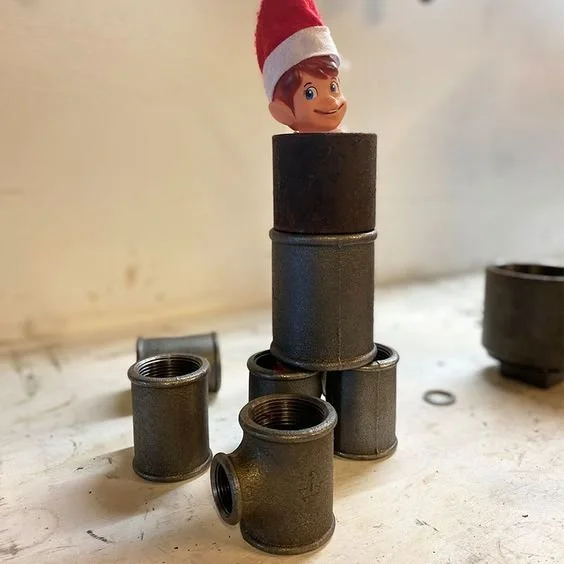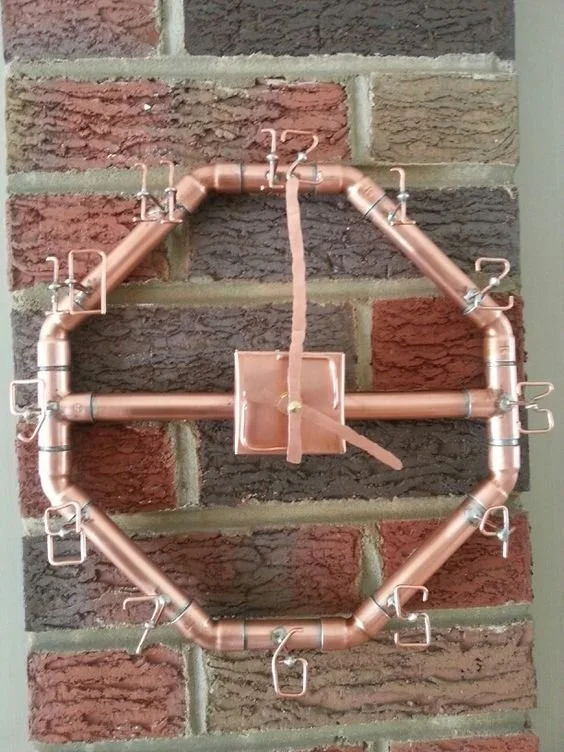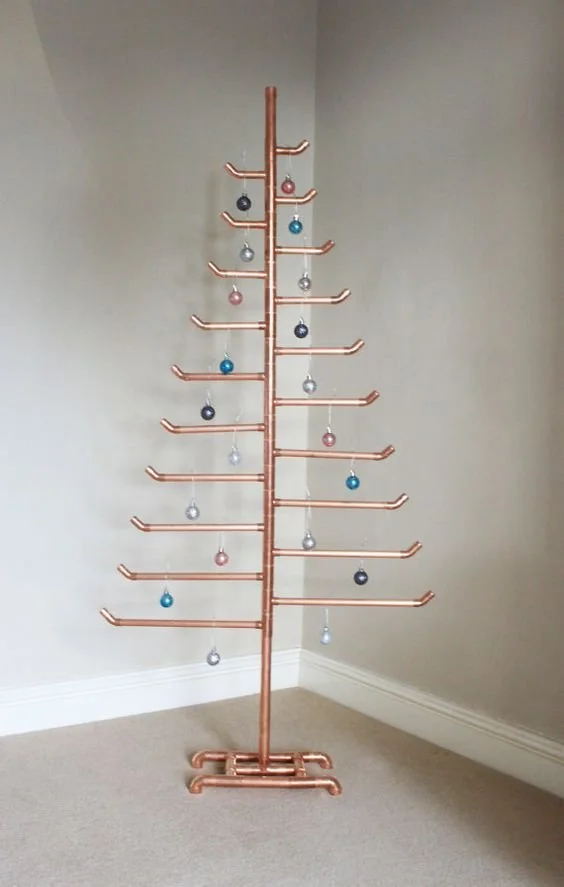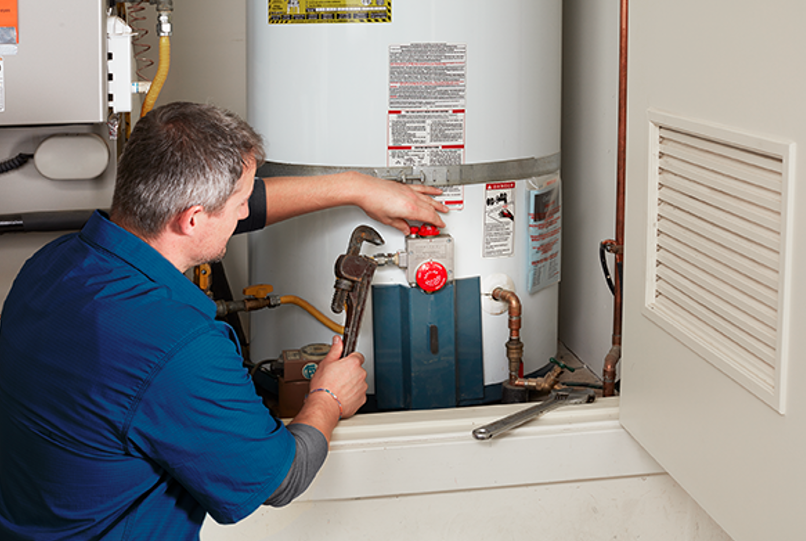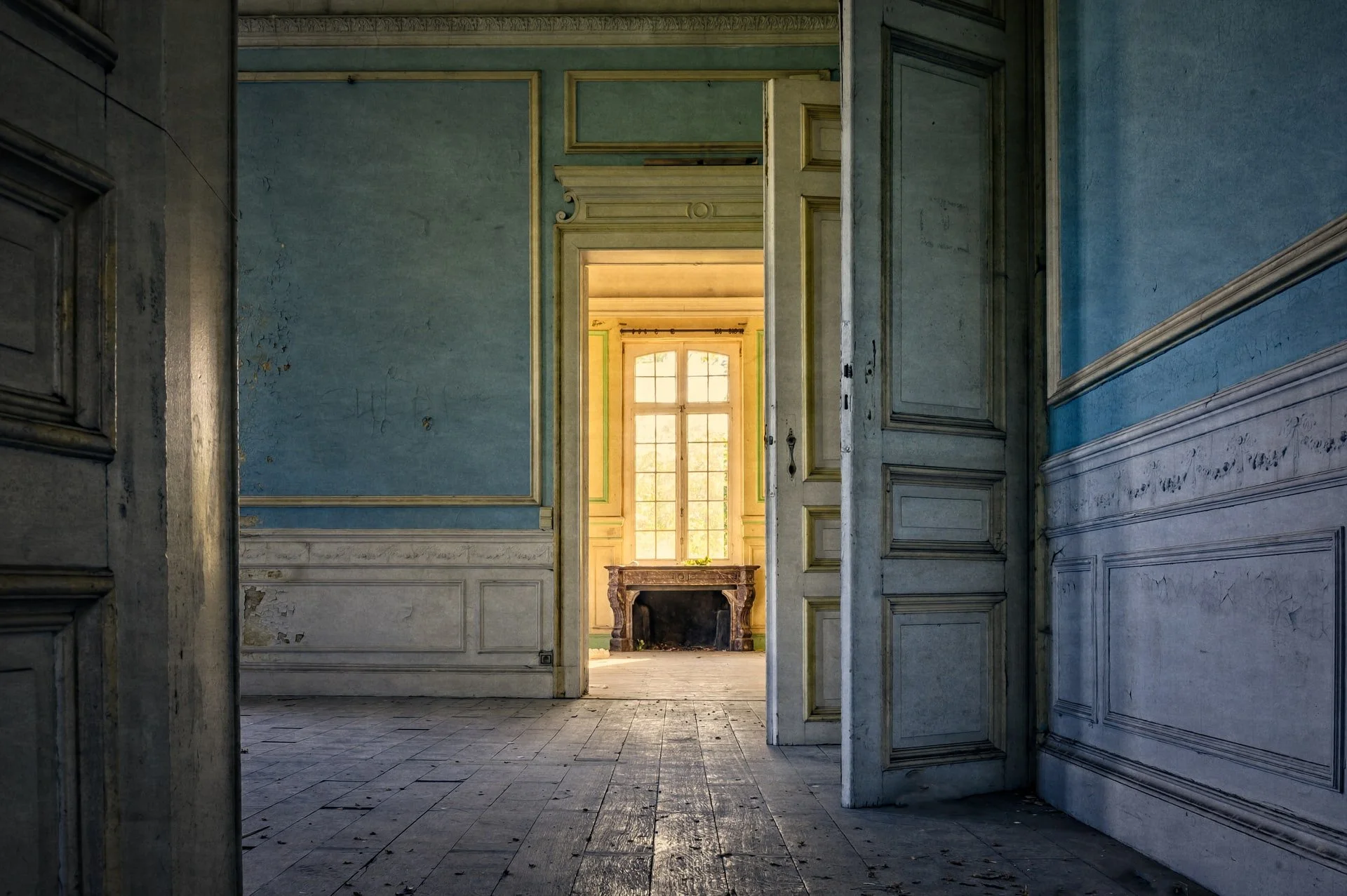How to Fix a Hot Water Heater: A Guide for Do-It-Yourselfers
RH Business Marketing Solutions
Installing an electric water heater is much simpler than installing a Water Heater Riverside but it's still a bit difficult. If you feel uncomfortable with the electrical or plumbing, it is highly recommended that you have a professional install Water Heater . In addition, it usually has an old water heater.
Step by step instructions for installing an electric water heater:
Step 1: switch off
Turn off the water heater at the circuit breaker panel.
Check the wiring to the water heater using a voltage tester and make sure the unit is turned off. This is not covered in the video below, but before continuing you should always turn it off with a circuit breaker and make sure your water heater is not turned on.
Step 2: Empty the water tank.
Open the hot water faucet and run the water until it cools. Although this procedure is not described in the video, you can safely empty the water tank without getting burned.
Turn off the cold and Find professional for installing Water Heater in Orange County supply to the water heater (located on top of the unit).
Connect the hose to the water heater's drain valve. Open the faucet and drain the water tank to the outside (or a floor drain or even a bucket).
If you turn off the hot water outlet in step 1, you need to turn it back on. You can also open the T&P valve. This will allow air to enter the tank, allowing water to drain out more quickly.
Step 3: Disconnect electricity
Disconnect the wire at the top of the water heater. Always close the circuit breaker in the circuit breaker box first. Then check the wires with a voltage tester before you begin.
When connecting a new water heater in the future, cover and label the wires (or take a photo) to avoid confusion.
Step 4: Remove the pipes
Remove the hot and cold water supply lines. If your water heater is connected to a copper pipe, you may need to cut the pipe. If you need to cut pipes, use a pipe (pipe) cutter to save as much pipe as possible.
If the T&P drain has been properly repaired, it can be removed from the T&P valve and reused as a new water heater.
Step 5: Disassemble the old water heater
When the water tank is empty, use the cart to lower the old water heater.
Put the new water tank in place. We recommend that you put a new water tank in the drip tray. Understand why.
Make sure there is enough power to reach the water tank. Carefully check that the drain panel and valve are accessible for maintenance.
Step 6: Pipeline preparation
If your old water heater uses copper pipes and you need to cut the pipes, you will need to prepare the pipes with sandpaper. Wipe the edges of the tube with a rag of sandpaper until they are shiny.
Step 7: Connect the wires.
Remove the junction box cover to access the wires.
Connect the ground wire to the green ground screw. Twist the other wire into a wire connector and connect it. Using the previous wiring connections as a guide, connect the wires the same way you disconnect them.
Step 8: Connect the water supply line and turn on the water source.
Connect the hot and cold water supply lines. Make sure to connect the cold water pipe to the cold water inlet of the water heater (cold water and hot water can be easily connected).
If your old water heater uses a copper pipe, you can reconnect it to the copper pipe. However, it is recommended to use flexible hoses for the connection. Not only is it simple, but it is also a recommended safety feature in the event of an earthquake. Your pipeline will depend on your original setup and setup.
Connect the flexible hose to the connector on the water heater.
Step 9: Connect the T&P drain pipe.
Install the drain hose on the T&P valve. The end of the pipe should be within 6 inches of the ground.
It uses a 3/4 "manual connector.
Apply pipe paint to the outside of the pipe fittings and the inside of the valve pipe fittings.
Connect the connector to the T&P valve connector and tighten.
Clean the seal at the end of the pipe.
Apply flux to the inside of the male connector and the outside of the pipe.
Connect the hose to the fitting.
Connect the pipes using solder and a torch.
Step 10: Switch on and drain the hot water supply line
Once the water heater tank is filled with water, turn on the circuit breaker in the main power box. Note: Switch on the device before the water tank is filled. Failure to submerge completely may result in dry combustion of electrical components. This will damage the electric heating element.
If your water heater does not have power, first turn off the circuit breaker and check the electrical connections to the Find Water Heater Installation Orange County.
Author Bio:-Angela Louise
Angela is a marketing manager at EZ Plumbing USA. She has a great interest in educating readers about various leakages that can happen in their home or offices through her articles. With extensive knowledge of water leak and slab leak detection techniques as well as HVAC systems, Angela wants to make readers aware about the warning signs indicating leakage and predictive AC and Heater maintenance and also how to fix them to refrain from dangerous and costly consequences.
Read articles to get more valuable information about detection and damages of water and slab leak repair, techniques to fix clogging, and installation and maintenance of AC & Appliance in San Diego.
Facebook: https://www.facebook.com/EZPlumbingUSA/
Twitter: https://twitter.com/EZPlumbingUSA1


